Huge list of 35+ resources helping you find & afford organic food in your area. Find CSA, markets, and even budgeting tools to eat well without going broke!
Synthetic pesticides, hidden GMO’s and toxic fungicides. I totally understand why some families choose to eat organic food over conventional food.
I also understand why some families don’t: Organic agriculture tends to have higher prices and it’s not readily available everywhere across the globe.
Still, neither of these options should stand in your way of eating organic fruits and veggies if that’s the goal for your family. Fortunately, organic fresh produce is no longer limited to the small stand down the street. There’s a myriad of options available to help you save money and eat organic healthy food on a tight budget!

How to Afford Organic Food
(1) Establish a grocery budget to afford organic food
You cannot afford anything if you do not know what you are able to spend!
If you already have a grocery budget then you understand when I say grocery budgets aren’t the enemy – they’re simply guidelines to help you stay within your financial means. Budgets allow you to freely spend (within your allotted amount), help you determine needs and wants, and encourage you to upgrade your food wisely.
Create your own grocery budget with this post!
(2) Define “real food”
Real foods are those found in their most natural state.
They are simple, unaltered, one-ingredient foods. You can often find them growing in the ground or hanging from trees. Real foods that require minimal processing (i.e. processed organic food like grains milled into flour, trees tapped for syrup, milk cultured for cheese, etc.) are still composed of unaltered, single-ingredient foods.
Organic foods are those in which the ingredients (whether many or few) have been grown and handled in certain ways.
Stores are filled with organic crackers, organic snack foods, and frozen organic meals. Despite the organic certification food label – these are organic products that are just as processed as their conventional counterparts.
Just because something is labeled “organic” doesn’t mean it’s real.
(3) Define “affordable” Real Food
Prices differ from region to region, so what’s affordable to me might not be affordable to you.
I know that produce, in general, is more affordable in California, but you might cringe when you hear that raw milk now costs $15 per gallon! Here are some basic guidelines for determining if organic food is affordable:
- Organic should cost approximately $1 more per pound than conventional. If you’re able to, do a side-by-side comparison of the cost of each item to ensure the item hasn’t been marked up purely for the organic label.
- If the organic item is more than $1 per pound than the conventional counterpart, then either A) buy the absolute minimum needed, B) swap for a different item, or C) swap for a different recipe that doesn’t use that item.
- Buy organic items according to the Dirty Dozen/Clean Fifteen as often as possible, eat less of the items that rank high and more of the items that rank low.
Now, I have some news that might offend some of you. But I consider you guys my friends in the battle of affording real food, so I truly consider these next few statements a small bout of tough love.
One of the most common arguments I get about affording real food goes something like this:
I paid $2.79/lb for organic cherries and the kids eat it all in just one sitting… so there’s no way I can spend less on groceries!
Friends, paying more than $2/lb for something not needed is a huge treat. Do we need to eat fruits and vegetables? Yes! Does it have to be the most expensive item in the store? No!
If you’re trying to reduce your grocery spending, spending more than $2/lb on produce is a splurge and this type of purchase should not be frequent.
In my area, peaches and grapes fall into this category. I try to buy them as often as I can, but in reality, it only happens about once a year. While my kids could easily devour $5 worth of grapes in a single sitting, we limit ourselves and stretch them out for as long as possible while still eating plenty of foods on the more affordable end of the spectrum.
(4) Know your options for organic food in your area.
You hear all the time to “find a CSA or farm or stand in your area,” but I know the hardest part is knowing where to look. This is the toughest part to address on a personal level, especially since you guys are all over the world!
Organic food is found in more places than I can count, so I’ve done some digging and have come up with a fairly extensive list of resources you can use to help find affordable organic produce in your area.
With this list, the leg work is now in your court.
- Set aside 30 minutes on a lazy Saturday morning and locate two new spots you’d like to check out. See which ones are located close to you, or at least near where you plan to run errands.
- Make it a goal to learn more about these two new farms or co-ops or u-picks or produce stands in the next month and see if either of them fits you, your area, and your budget.
Although this list is pretty big, it’s not exhaustive and you’ll even find some of the same links in different categories. (I did this to help keep the list organized.)
Just start with one category and one link. Soon you’ll be on a rabbit trail to finding affordable organic produce!
Which Supermarket is Best for Organic Food?
Warehouse/Bulk Stores
- Amazon
- BJ’s
- Costco
- Sam’s
- Azure Standard (order online with local drop-offs)
- Wise Choice Market
Health Food Stores
Ethnic Stores
(start here for finding one in your area)
Co-Ops
- CoFed – on-campus Co-Ops, led by students across the country.
- Organic Consumers.org
- Farm Plate
- Eat Local Grown
Pick Your Own Farm
- Pick Your Own
- Strawberry Plants ( the link is designated for strawberries, but these farms also offer other berries like blackberries, blueberries and raspberries. Find one near you and search each farm individually.)
CSA’s
- Local Harvest
- Local Farm Markets
- USDA Farmers Market Database
- PBS Farmers Market Database (check your local area)
- Organic Consumers.org
- Farm Plate
- Eat Local Grown
Various Farmers Markets
Small Family Farms
Is Organic Food at Produce Stands Affordable?
Produce stands often have organic food that is a bit easier on the budget than supermarkets or health food stores. The best way to find these is to keep an eye out as you’re driving in your area. You can also check Craigslist or your local city’s Facebook group to start connecting with people and asking if they know someone who might know someone…
Tip to help you get started on affording organic food
I know that massive list can be a bit overwhelming, so I’d like to sum it up with 10 simple tips to get you started:
- Always read the ingredient labels and aim for single-ingredient foods.
- Conventional fruits and vegetables are better than organic chips and crackers.
- Shop according to the Clean 15 as often as you can.
- In addition to the Clean 15, find the most affordable fruits and vegetables in your area that are NOT on the Dirty Dozen and eat those often. This will free up some grocery money for other items that are on the Dirty Dozen. (Why do you think we eat so many bananas?!)
- If you want to eat organic, choose just the one food you eat most often that’s on the Dirty Dozen.
- Consider shopping online. (Thrive Market and Amazon are my two go-to sources. Find more online shopping options HERE.)
- Try growing your own food or raising your own animals.
- If you can’t, get in touch with people who do grow their own food and raise their own animals and try to buy from them or barter.
- See if a co-op is in your area.
- If you must travel, save up, and buy in bulk. Preserve in any means you can.
How Do I Start Eating Organic?
The process of eating organic food when you can barely afford it isn’t an overnight fix. There’s work, research, and thinking involved. But if feeding your family organic food is important to you, you can take a baby step by starting to look into all the options available in your area!
Once you find a reliable source for organic produce, keep shopping there, but know how much you’re paying and double-check prices now and then with other spots to make sure you’re still getting the best deal possible.
More on Eating Real Food
- 7 Simple Ways to Afford Real Food on a Budget
- How to Eat Real Food on a Budget
- 20 Ways to Save Money on Real Food in the Kitchen
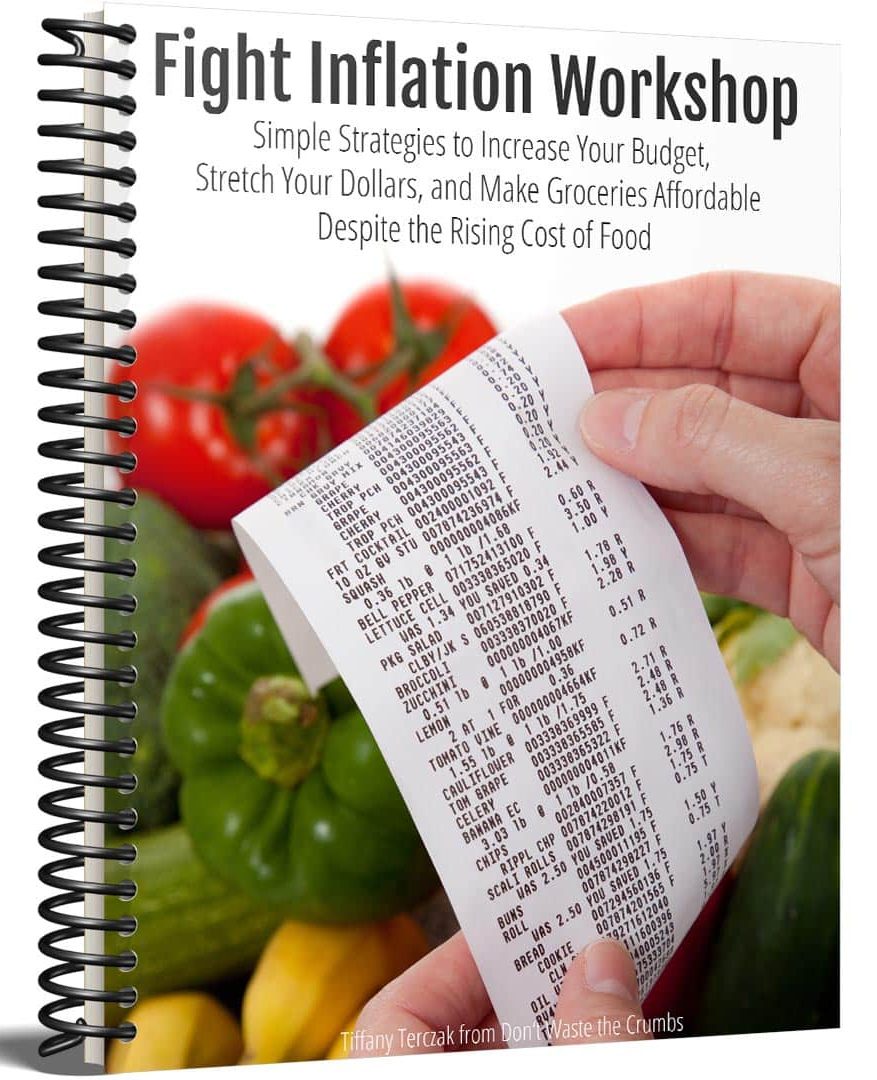
Fight Inflation Workshop
Sign up for my FREE Fight Inflation Workshop and learn simple strategies to save money, even with rising food costs!How do you afford organic food in a tight budget?

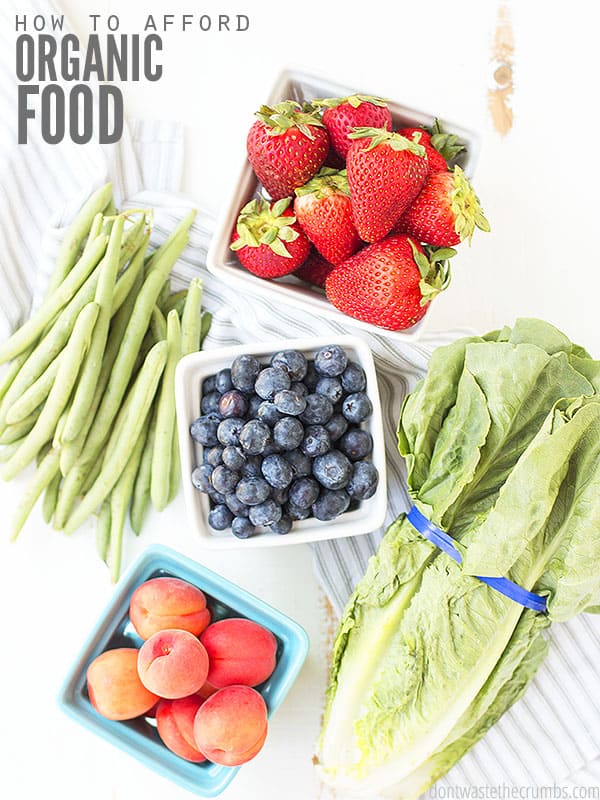

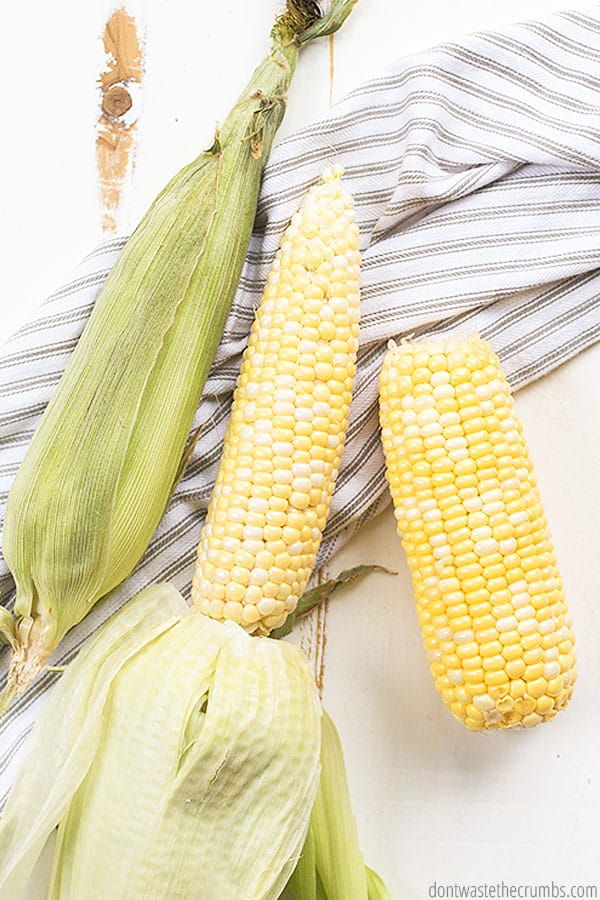
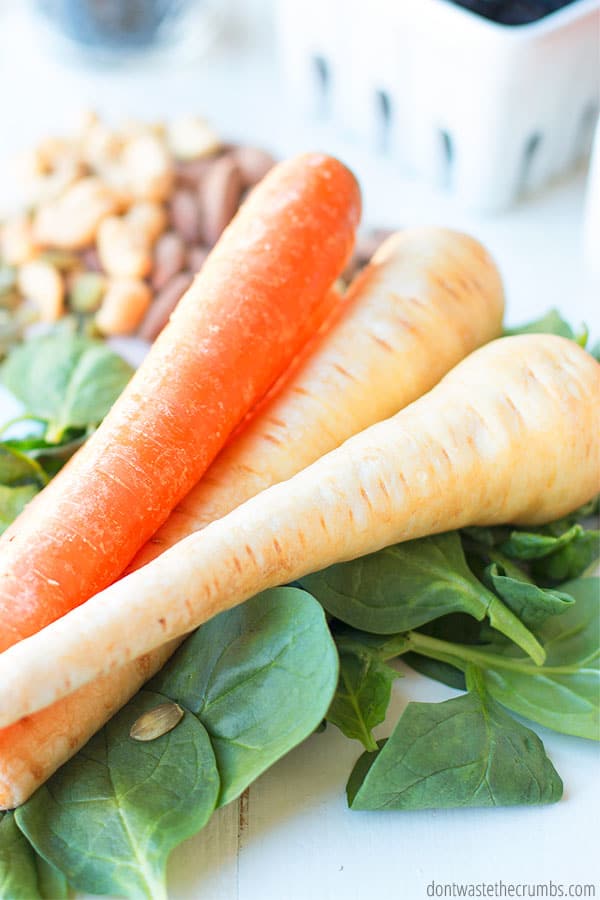
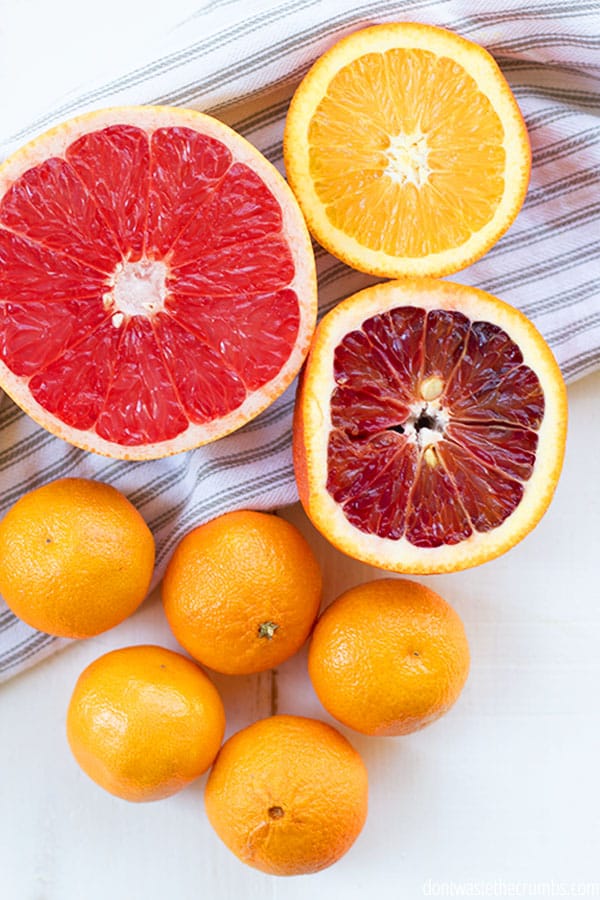
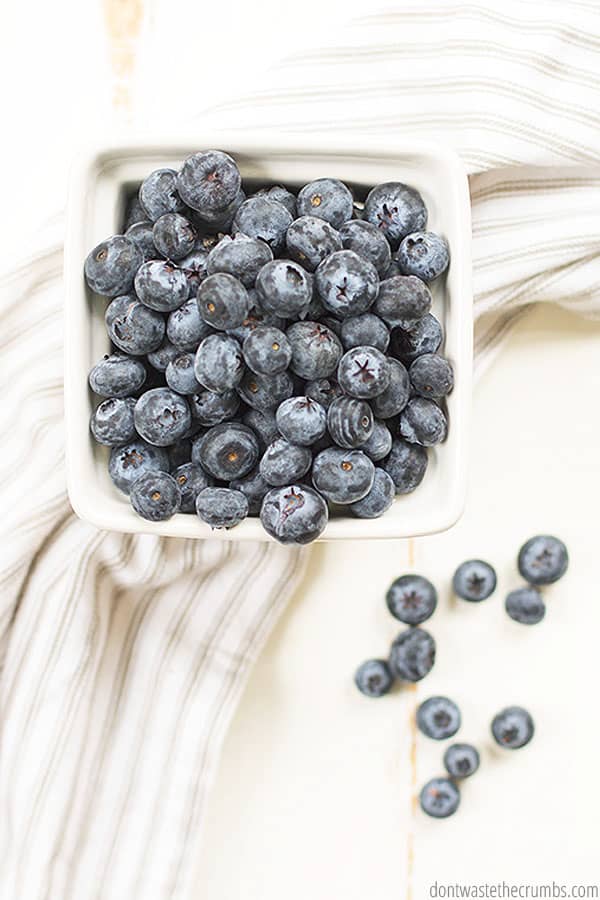
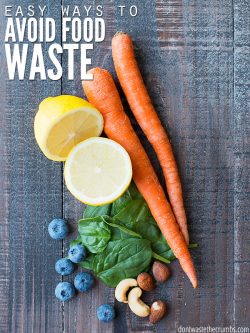


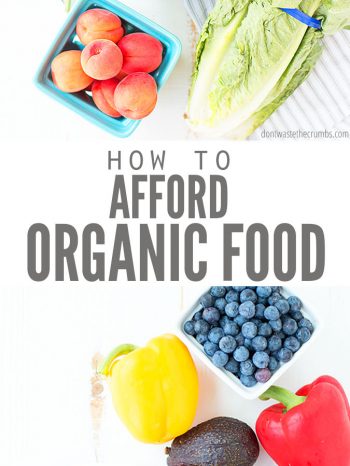
Thanks for this great post, i find it very interesting and very well out and put together. I look forward to reading your work in the future
So ecstatic you liked it!
I think bartering is a great idea. My husband has been beekeeping as a hobby for several years. The other day he was talking to a friend he saw at a gas station, who was just getting back from a hunting trip in Idaho. My husband traded a jar of honey for a 50 pound box of potatoes! The honey sells for $7 a pound. So we got potatoes for 14 cents a pound!
My husband is also a hunter so we eat grass fed meat almost daily.-antelope, venison and wild turkey. He hunts in Wyoming & Nebraska once a year for about 7-10 days. He brings home a year’s worth of meat. Also we have friends that hunt whose
wives won’t cook the game they kill so they give it to us.. Elk is just like beef.! Antelope and venison from these areas doesn’t taste wild. If you know someone who hunts. See if you can barter and then have more money to buy organic produce.
I live in a small town in Middle Georgia. You would think organic foods would be easy to find and rather inexpensive since I live in farming country. But not only are my choices limited, they are expensive. So, if I am unable to purchase organic, what is the best way to wash fruits and veggies? I know I will still get chemicals in the fruit, but what can I at least wash the outside with?
Hi Janell – we use a simple DIY produce wash with ACV and water: https://dontwastethecrumbs.com/2013/04/how-to-clean-produce-naturally-using-apple-cider-vinegar/ 🙂
Wow, I’d love to be able to find even non-organic produce by me for $2/lb. Except for bananas, potatoes and onions, pretty much every type of produce around me is over that price point.
Wow! Not even the in-season items are close to that point? Where do you live?
Thanks for all the great links! I tried Thrive Market’s free trial last month-awesome value there, but I’m not sure if it’s quite the $60/yr value since I only feed a family of three. Trader Joe’s is definitely a great value, and for cities that have it, Aldi’s can be a wonderful value (sadly the town I’m in now doesn’t have it).
Thanks for the updated on Thrive Market! We have a great assortment of stores locally, so I haven’t tried it just yet. 🙂
Love the post. I’m working on switching as much to organic as I can (when necessary). I try hard to shop sales (sprouts has great sales!) And when a staple is on sale I stock up. I’m working now on deciding what produce I should invest in going organic. I was wondering on your post, why was the Dirty Dozen crossed out? Things that I can’t buy organic I was in baking soda.
Hi Addie!
Thanks so much for sharing with us! I will fix any issues with the links on the post. So sorry about that. 🙂 Here is the link to the dirty dozen post so you can view it. https://dontwastethecrumbs.com/the-dirty-dozen-the-clean-fifteen-and-everything-in-between/
You’re most welcome!
Great list. Thanks so much.
You’re welcome Julie!
You are so right, it is difficult to find Organic food within travelling distance. Here in the UK, we have to get into the car and travel well over an hour to find the real deal. That said, there is the on-line option. Great blog, thanks for sharing.
You’re welcome Linda!